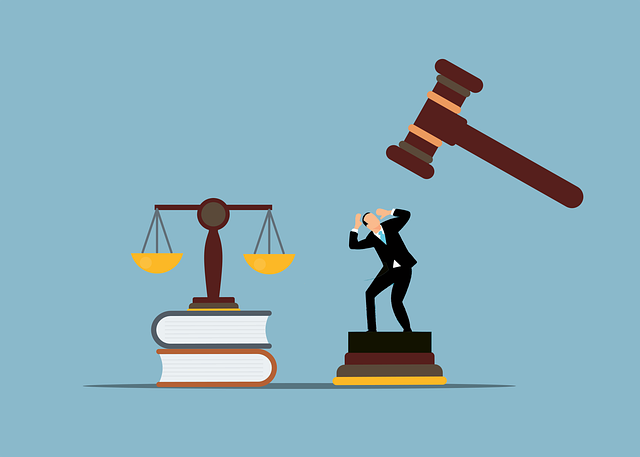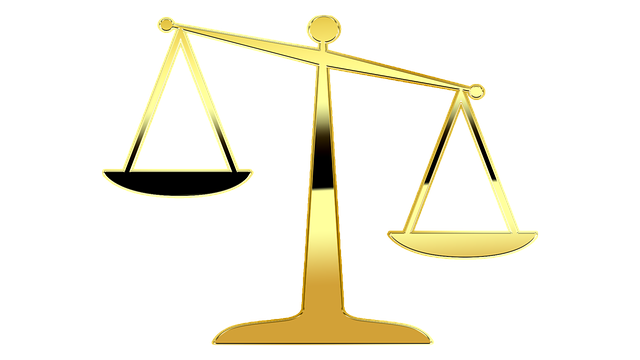The rise of third-party workplace claims has dramatically altered injury litigation, driven by evolving societal expectations and complex modern work environments. These claims allow workers to seek justice from entities beyond their immediate employers, impacting legal strategies across domains, including elder law cases. The introduction of these claims fosters comprehensive investigations into workplace injuries, reduces financial burdens on employers, strengthens personal injury claims, and prompts organizations to enhance safety protocols. With significant implications for employers, employees, and insurers, third-party workplace claims are reshaping workplace injury litigation through stricter regulations, innovative strategies, and profound understanding of legal precedents.
“The landscape of injury lawsuits has been forever altered by the rise of third-party workplace claims, marking a significant shift in how accidents are litigated. Historically marginalised, employees now have a powerful tool to seek justice and compensation for work-related injuries. This article explores the evolution of these claims, their profound impact on personal injury law, and delves into the future implications as we navigate the challenges that lie ahead in workplace injury litigation.”
- The Rise of Third-Party Workplace Claims: A Historical Perspective
- How Third-Party Claims Transformed Injury Lawsuits
- Future Implications and Challenges in Workplace Injury Litigation
The Rise of Third-Party Workplace Claims: A Historical Perspective

In the evolving landscape of workplace injuries, the rise of third-party workplace claims has been a pivotal shift. Historically, these cases were rare, as employment laws primarily focused on employer liability for employee safety. However, societal changes and the increasing complexity of modern work environments sparked a demand for more comprehensive protection. Workers began to seek justice for injuries caused by negligence beyond their immediate employers. This trend marked a significant departure from traditional workplace dispute resolution methods, transitioning from internal matters to public forums.
The shift towards third-party claims gained momentum with rising commercial disputes and the need to address previously overlooked aspects of employment. Wrongful death claims related to work-site accidents also played a crucial role in this evolution, especially as families sought compensation for the loss of their loved ones. This broader perspective on workplace injuries, beyond the employer-employee relationship, has had a profound impact on injury lawsuits, shaping legal strategies and outcomes in various domains, including elder law cases where negligence can lead to severe consequences.
How Third-Party Claims Transformed Injury Lawsuits

The introduction of third-party workplace claims has fundamentally altered the landscape of personal injury lawsuits, especially in cases involving complex issues like product liability. This legal mechanism allows employees to seek compensation from third-party entities responsible for providing or maintaining hazardous work environments. By shifting some financial burden away from employers, these claims have encouraged a more thorough investigation into the root causes of workplace injuries, leading to safer job sites and stronger arguments for personal injury claims.
The impact extends beyond the legal realm; it has also prompted organizations to reevaluate their safety protocols and product liability standards. With increased scrutiny and potential third-party involvement, companies are now incentivized to prioritize employee well-being, leading to better training, improved equipment, and a proactive approach to risk management. This shift not only benefits individual workers but also contributes to a broader culture of workplace safety.
Future Implications and Challenges in Workplace Injury Litigation

As third-party workplace claim liability becomes increasingly prevalent, future implications for workplace injury litigation are significant. The rise in these claims shifts the dynamic between employers, employees, and insurers, creating new challenges and complexities. One notable change is the potential for expanded legal responsibilities for employers, who may face stricter regulations and higher standards of care to prevent injuries. This could lead to increased litigation risks and costs, as well as changes in risk management strategies.
Moreover, the involvement of third-party claims adds layers of complexity beyond traditional homeowner insurance claims or straightforward partnership disagreements. The interplay between employer liability, workers’ compensation, and third-party claims requires careful navigation. Legal professionals must address breach of fiduciary duty concerns, particularly when employers seek to balance their obligations to employees with potential financial liabilities from these claims. This evolving landscape demands innovative solutions and a nuanced understanding of workplace safety, legal precedents, and the evolving role of insurance in mitigating risks.
The evolution of third-party workplace claims has undeniably reshaped injury lawsuits, fostering a more comprehensive approach to liability. This historical shift has not only altered legal strategies but also emphasized the collective responsibility of employers and third parties in ensuring worker safety. Looking ahead, as workplace injuries continue to be a significant concern, understanding and navigating these complex claims will remain crucial for both legal professionals and businesses alike. The future of workplace injury litigation promises ongoing challenges and opportunities to further improve safety standards through robust legal frameworks.






